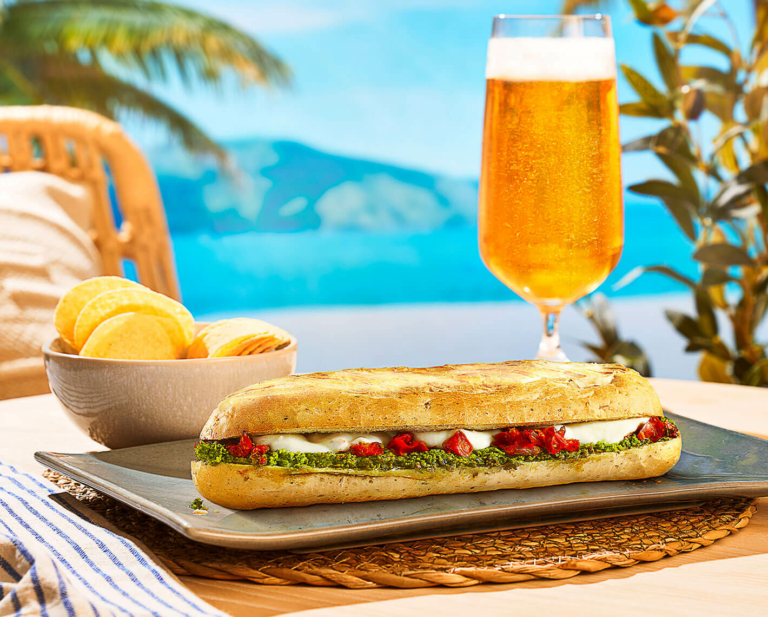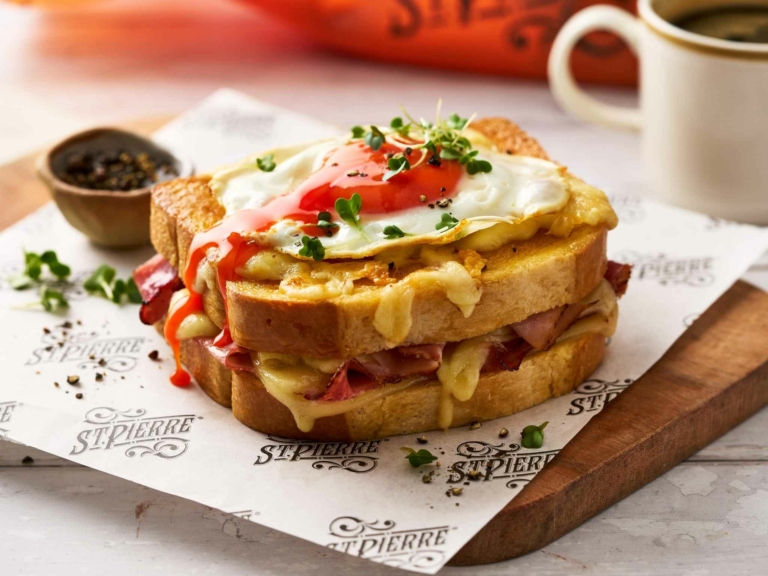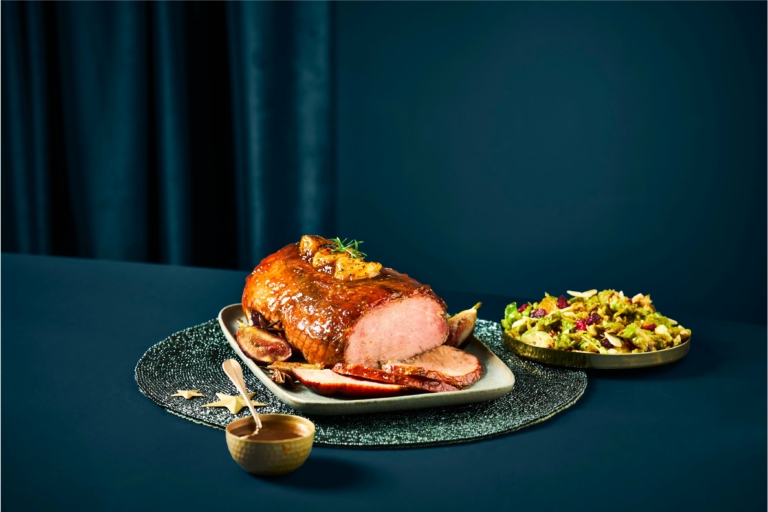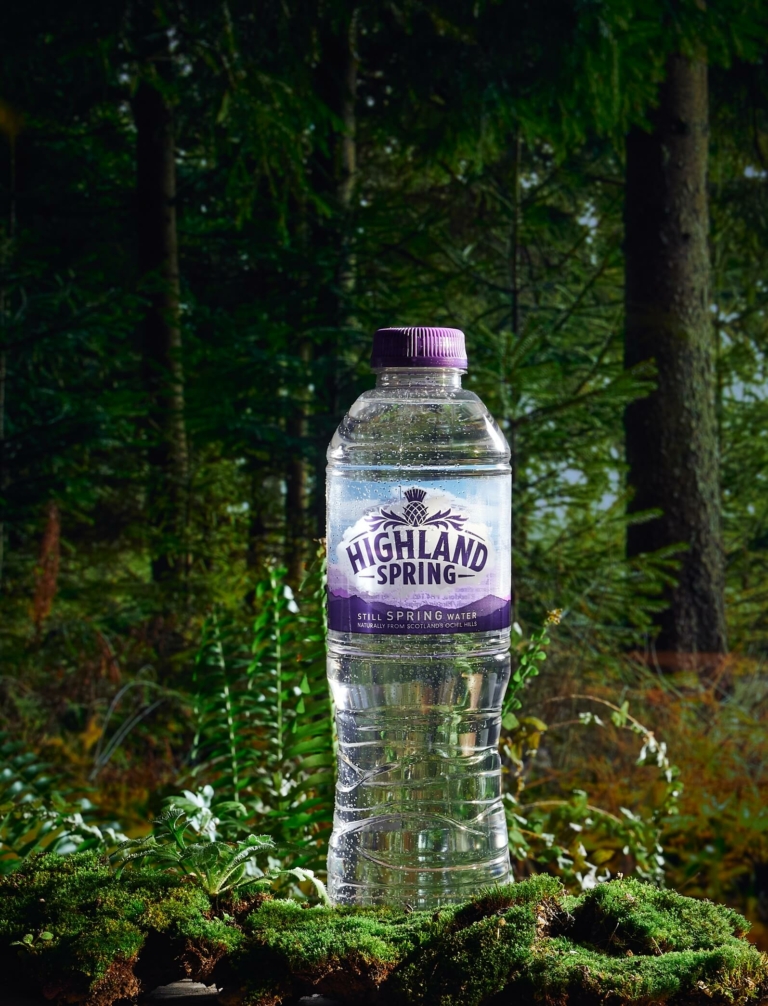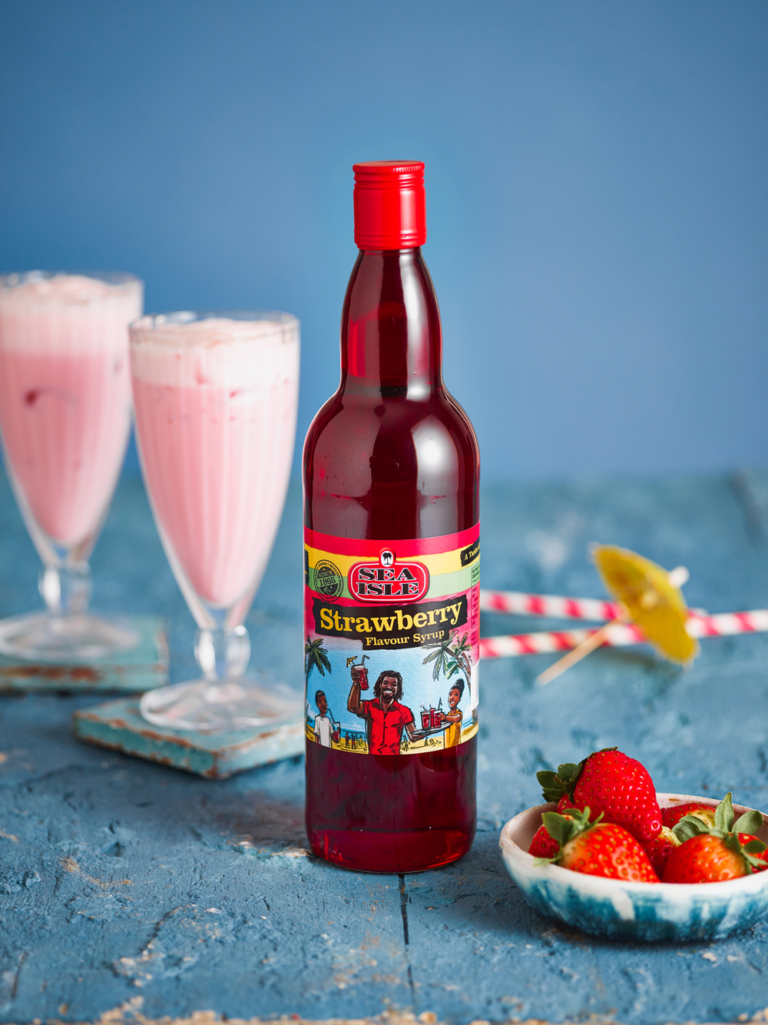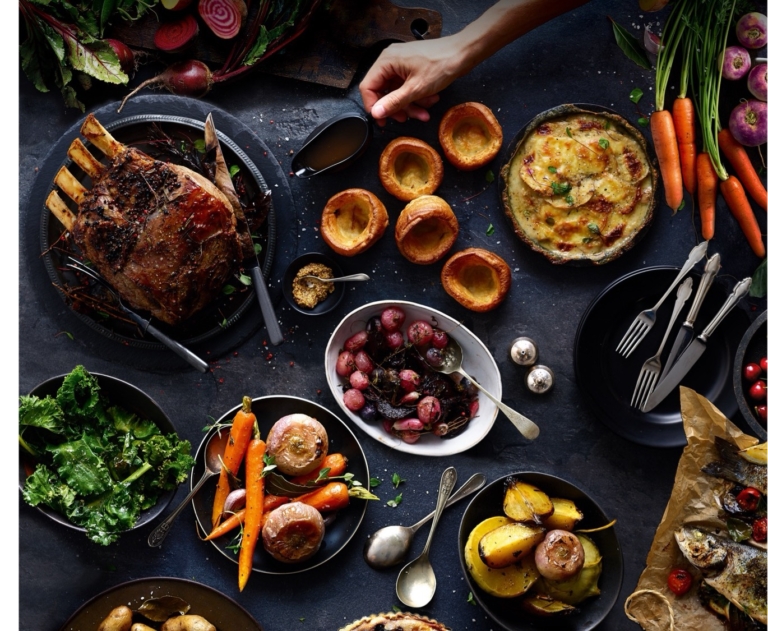
Elegant food photography
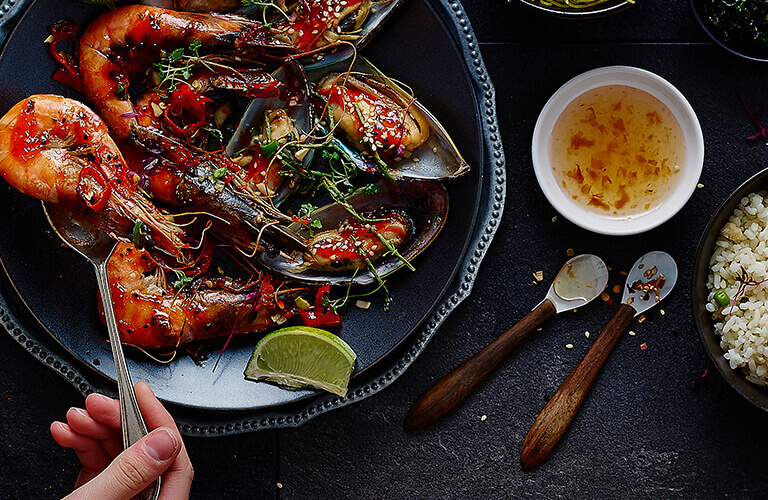
‘A picture’s worth 1,000 words…’ Yeah, we’ve heard that 1,000 times. But when it comes to food photography and branding, it’s a saying that’s 1,000% true. Audiences usually remember around 10% of the information they read or hear – but when you add an image into the mix, this figure shoots all the way up to 60%. (Hubspot). And when you apply this theory to food purchases, it adds up to sales:
- 83% of people would buy a dish based on how it looks in its picture.
- Online food orders increase by 25% when restaurants switch from text to photo-based menus.
(Restaurant Website Builder)
Look on anyone’s camera roll and there’s bound to be at least a few food shots on there – then look on social and there’s a few million more. So is modern food photography as simple as picking up a smartphone? Absolutely not – especially for luxury food and drink brands. To elevate your offering (and stand out from the crowds, competition and influencers), marketers in this area must create the sense of a high-end lifestyle people want to buy into – and this takes more than a hasty phone shot. Creating that desire demands professional, aesthetic food photography that get stomachs rumbling and sales soaring.
The first impression is served
First impressions count in every form of marketing, but they’re even more important in this sector. Unlike tech, beauty or other more complex products, we don’t need to spend hours researching a burger’s features and benefits – all we need to know is do we want to eat it. And while this reaction is instantaneous, the association with a brand is long-lasting. If a customer’s first contact is a high-quality, mouth-watering photo, they’re much more likely to return. (There is one caveat here – if the reality doesn’t hold up to the first impression created by the picture, no amount of luxury food photography will encourage repeat purchases.)
An appetite to buy
It’s an obvious statement, but the better something looks, the more you want to buy it. And that’s why aesthetic food photography translates to revenue. Data from Grubhub reveals that photos alongside menu descriptions increased sales by up to 65% – but there’s even more platforms where food photography makes a valuable difference:
- Online ordering: captures customer interest at point of purchase
- Search results: images accompanying food descriptions help SEO, and Google rewards businesses that add high quality photos to their profiles.
- Social Media: professional shots stand out among millions of personal pics – so by combining these with UGC, brands balance the aspirational and realistic aspects of their products.
- Emails and campaigns: professional food photography is an effective way to highlight new products, dishes or limited-edition items to keep customers coming back.
Building a brand to be savoured
Food and drink marketing is more than selling a cereal or smoothie – it’s all about creating a lifestyle that customers aspire to. This demands a higher level of brand that audiences can really buy in to, and luxury food photography is key to achieving this. The right shot marks a brand out as special – but what is it about these images that showcases this level of sophistication?
First of all, dark food photography is often associated with premium brands. In a style characterised by Marks & Spencer’s and Eat & Breathe client Stoves, dishes are often shot against dark premium materials like slate or zinc – which creates a moody feel and boosts the essence of quality within the shot. This is often enhanced by shadowy lighting that highlights the texture of the food and makes key colours pop, bringing certain ingredients to the fore. In contrast, bright lighting can feel quite sterile and doesn’t allow for a scene to be created – and we also have societal associations which affect our perception of the setting too. While a bright, white scene reminds us of a canteen environment, a dimly lit plate is more akin to an intimate restaurant – adding to that luxury feel.
While this is a clear trend in luxury food photography, it’s also important to consider the seasonal element so important to the sector. Where autumn, winter and Christmas shots are generally darker and cosier, spring and summer tends to have a brighter feel – as we can see in our recent work for Asda. These sun-kissed shots keep their elegant style with dappled shadows and premium props, but still shine with the summery feel perfect for the time of year.
Click here to see more deliciously different examples from the Eat & Breathe portfolio.
This dark and moody aesthetic may appear to lend itself well to black and white food photography – but unless you’re Guinness, this doesn’t work for the market. We all eat with our eyes, so it’s important to represent products in their most natural, vibrant way. Removing their realistic colours instantly makes a product less relatable, creating a brand that’s more arthouse than authentic.
As we can see, luxury food photography isn’t as simple as selecting ‘food mode’ on a smartphone. There’s lighting, backdrops, setting and quality to consider to capture a shot that really elevates a brand to stand out from the crowd. If you’re planning a campaign, launching a new product or developing your menu, get in touch with the experts at Eat & Breathe for next-level aesthetic food photography.
There are many ways to create engaging food and drink videography, and luckily, we have the facilities to help you do so. Contact the team and we’ll have a chat to see what works best for your brand, products, and strategy.
Contact us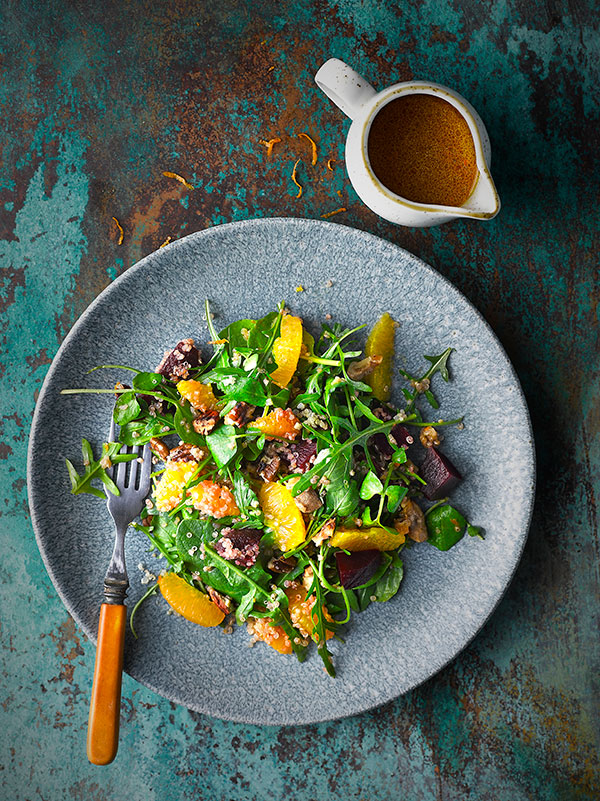
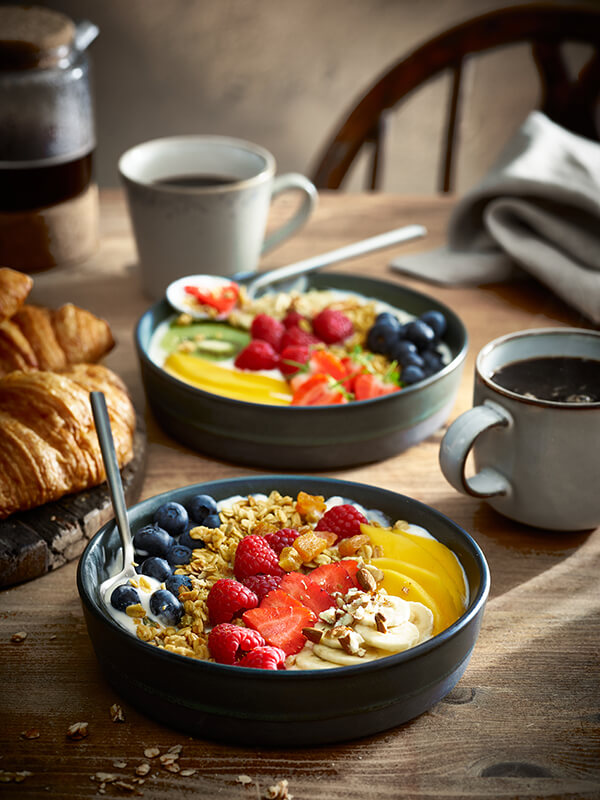
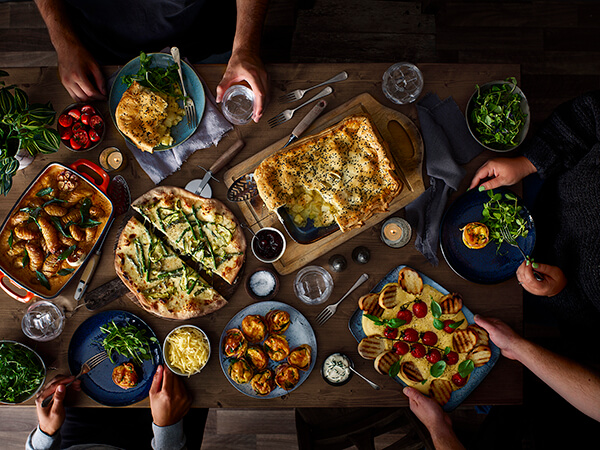
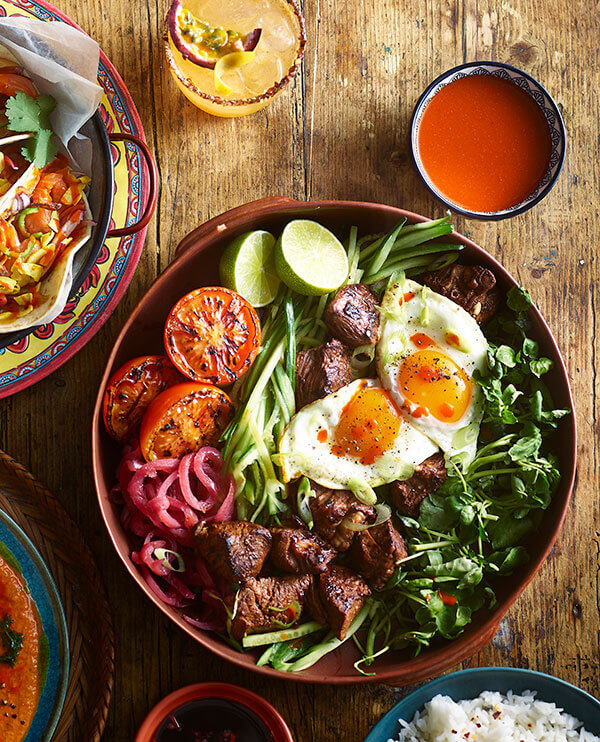
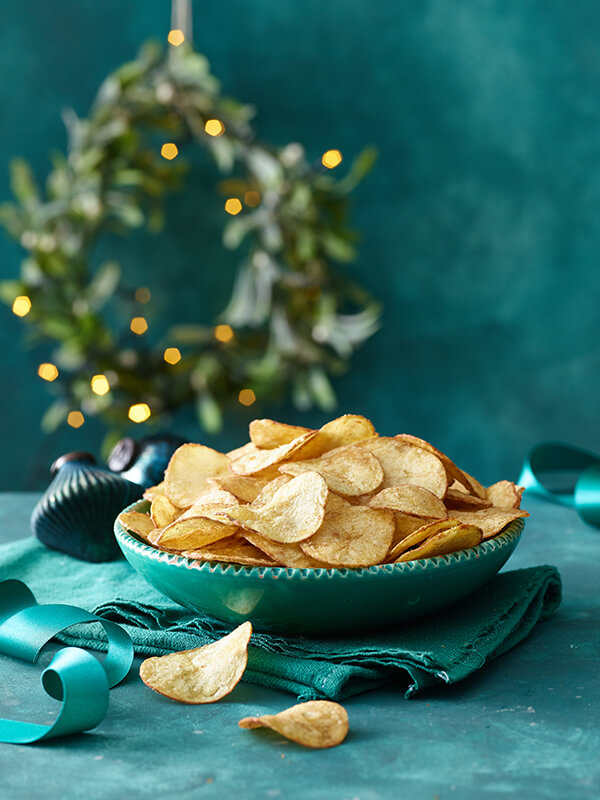
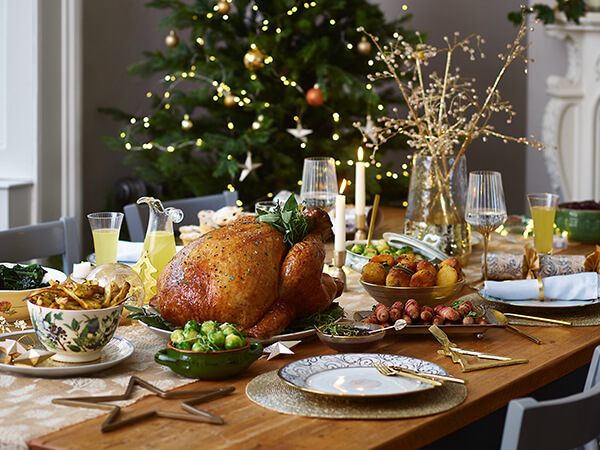
See more insights
All the insights you need to drive your marketing strategy and communications.
